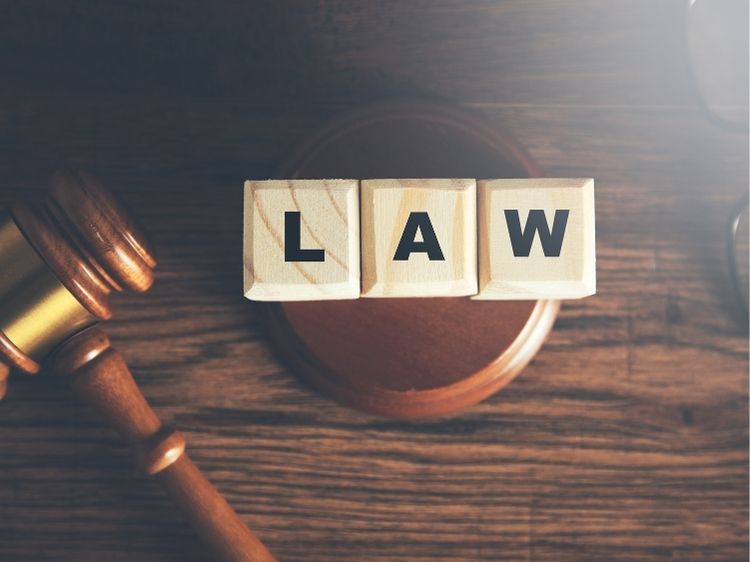Understanding Non-Compliance Recalls
Ever heard about a product recall and wondered what sparked it? Non-compliance recalls are more common than you think, and they serve a critical role in protecting consumers. Whether it’s a defective car part, mislabeled food, or a faulty gadget, recalls ensure that unsafe or non-compliant products are removed from the market.
In this article, we’ll break down what non-compliance recalls are, why they happen, and how they impact consumers and companies alike. Stick around as we uncover the processes behind these recalls and answer some burning questions you might have.
What Is a Non-Compliance Recall?
A non-compliance recall happens when a product doesn’t meet regulatory standards or safety guidelines set by governing bodies. This type of recall typically involves issues that could pose risks to consumers, such as manufacturing defects, labeling errors, or environmental non-compliance.
Key Characteristics of Non-Compliance Recalls:
- Triggered by regulation breaches: These recalls occur when a company fails to meet safety or quality standards.
- Voluntary or mandatory: Companies may voluntarily recall a product, or government agencies can mandate the recall.
- Consumer safety at stake: Non-compliance often leads to potential harm, prompting immediate action.
Common Causes of Non-Compliance Recalls
Non-compliance recalls arise from various issues. Here’s a closer look:
1. Manufacturing Defects
- Faulty parts in vehicles
- Contaminated food products
- Electrical malfunctions in devices
2. Labeling Errors
- Inaccurate ingredient lists
- Missing allergy warnings
- Misleading claims
3. Regulatory Violations
- Environmental non-compliance (e.g., excessive emissions from vehicles)
- Breaches of child safety standards
4. Product Design Flaws
- Structural weaknesses
- Poorly tested prototypes
The Process of a Non-Compliance Recall
Handling a non-compliance recall isn’t as simple as pulling products off shelves. Here’s how it usually works:
1. Identification of the Issue
A defect or non-compliance issue is identified through internal quality checks, consumer complaints, or regulatory inspections.
2. Investigation and Risk Assessment
The company evaluates the severity of the issue and its potential impact on consumers.
3. Notification to Authorities
If the issue breaches regulations, the company must inform the relevant government agency.
4. Public Announcement
Companies issue a public notice, often via media outlets and their websites, to inform consumers about the recall.
5. Remediation
Remedies vary and could include product replacement, repair, or refund.
6. Follow-Up
Regulatory bodies may monitor the recall process to ensure compliance and prevent future occurrences.
Notable Examples of Non-Compliance Recalls
1. Automotive Recalls
The Takata airbag recall is a classic example. Millions of vehicles were recalled due to defective airbags that posed a fatal risk.
2. Food Industry Recalls
- coli contamination in spinach and lettuce has led to widespread recalls, protecting consumers from severe health risks.
3. Technology Recalls
Remember the Samsung Galaxy Note 7? A battery defect caused phones to overheat, prompting a massive recall.
Impacts of Non-Compliance Recalls
Recalls aren’t just inconvenient—they can have significant consequences for all parties involved:
For Consumers:
- Safety risks: Exposure to potentially harmful products.
- Inconvenience: Time spent returning or replacing recalled items.
For Companies:
- Financial losses: From product refunds to lawsuit settlements.
- Reputation damage: Loss of consumer trust can impact long-term brand loyalty.
For Regulators:
- Enforcement challenges: Ensuring compliance across industries requires significant resources.
How to Handle a Non-Compliance Recall as a Consumer
Dealing with a product recall can feel overwhelming. Here’s what you should do:
- Stay Informed
- Monitor company announcements and government alerts.
- Check the product’s batch or serial number against recall notices.
- Follow Instructions
- Return or exchange the item as directed by the company.
- Seek refunds or repairs where applicable.
- Report Issues
- Notify authorities if you notice ongoing problems with the product.
FAQs About Non-Compliance Recalls
1. What triggers a non-compliance recall?
A non-compliance recall is triggered by violations of safety, quality, or regulatory standards. Common triggers include manufacturing defects, labeling errors, and safety risks.
2. Are companies required to issue recalls?
Yes, if regulatory bodies identify a violation or safety risk, companies must comply with recall mandates. Some recalls are voluntary, but others are legally enforced.
3. How can I know if a product I own is recalled?
Companies typically announce recalls via their websites, social media, and government agencies. Always check these sources if you suspect an issue.
4. Can I get a refund for a recalled product?
In most cases, yes. Companies often offer refunds, replacements, or repairs for recalled items.
5. How do recalls affect a company’s reputation?
Recalls can severely damage consumer trust, especially if they’re frequent or poorly handled.
Summary: Why Non-Compliance Recalls Are Crucial
Non-compliance recalls play a vital role in safeguarding public health and upholding industry standards. While inconvenient, these recalls help prevent harm and ensure companies remain accountable. By understanding the recall process and staying informed, consumers can better protect themselves and make informed decisions.
Authoritative Resources
Here are some helpful resources to learn more about non-compliance recalls:
- National Highway Traffic Safety Administration (NHTSA): www.nhtsa.gov
- Food and Drug Administration (FDA): www.fda.gov
- Consumer Product Safety Commission (CPSC): www.cpsc.gov

